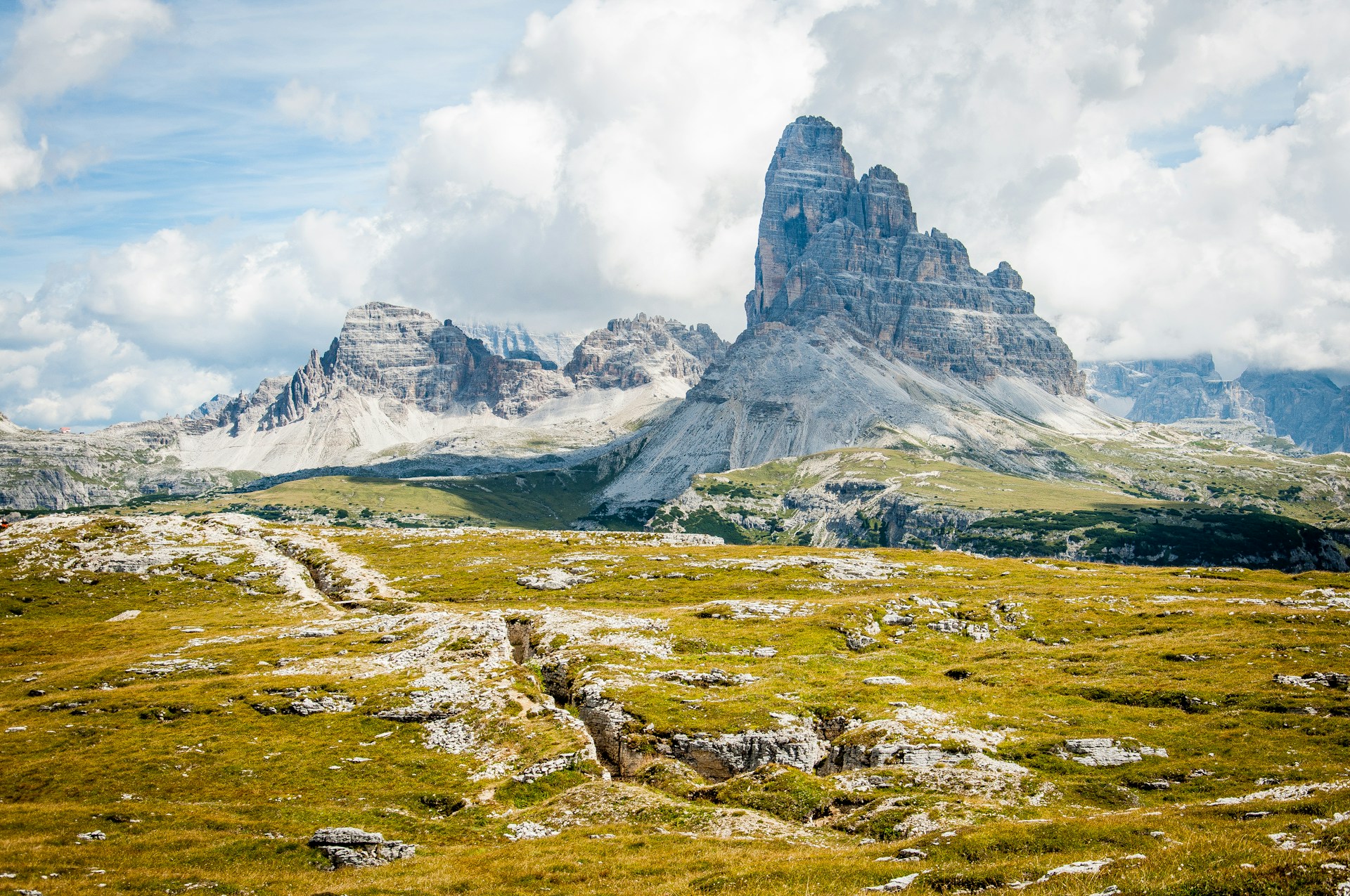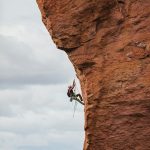Mountain biking offers an exhilarating blend of physical exertion, connection with nature, and technical mastery. As a beginner in the sport, starting with the right skills, gear, and information will set a solid foundation for your journey. This comprehensive guide will walk you through the essentials of mountain biking – from fundamental skills, to choosing the perfect bike for starters, and finally, hitting the trail.
Now, you might be asking: What are the basic mountain biking skills every beginner must grasp? Let’s dig in.
Learning the ropes of mountain biking starts with understanding vital body positioning techniques. The two primary positions you need to acquaint yourself with are the “neutral” and “attack” positions. The neutral position allows for comfort and efficiency during non-technical sections of the trail, with features such as level pedals, slight bends in the knees and elbows, fingers rested on the brake levers, and eyes aimed about 15-20 feet forward.
On the other hand, you will want to switch to the attack position when facing steep or rocky terrains. This stance involves deeper bends in the knees and elbows, shifting your hips backward off the seat, a nearly parallel back to the ground, and keeping a forward gaze on the trail. Mastering these positions is the first step in conquering the rugged terrains.
Just as crucial is proper seat positioning and bike handling skills. For efficient climbing, adjust the seat to yield about 80-90% of your full leg extension at the bottom of your pedal-strokes. Lower the seat 2-3 inches when descending to create a lower center of gravity, which aids control and confidence. Shifting gears, picking a path, and adjusting your balance in response to hazards are other critical skills you should aim to master based on this expert advice.
Equally important is considering what to look for when purchasing your first mountain bike.
- Rockhopper Elite 29: An excellent overall hardtail bike for beginners.
- Giant Stance 29 2: The go-to full-suspension bike for novices.
- Specialized Chisel: Perfect for those concentrating on cross-country (XC) cycling.
- Stumpjumper Comp Alloy: Ideal pick for navigating technical trails.
Your first mountain bike should match your personal needs and the kinds of trails you anticipate tackling. Understanding the different bike types, the appropriate wheel sizes, and the pros and cons of hardtail versus full-suspension will ensure you choose a bike that offers the perfect balance of price, comfort, and performance.
Now that you have a grasp on the basic skills and the right bike, the question arises: where are the best beginner-friendly mountain biking trails in the U.S?
Northeast Kingdom is a trail network in Vermont that has garnered the reputation of being the crown jewel of East Coast mountain biking. It includes an array of routes from mellow, scenic paths to challenging, technical trails. The beginner-friendly Burklyn Loop, for instance, is a comfortable ride that stretches for about two miles through clover fields and dirt roads. The trail’s smoothness, lack of sudden surprises, and very gradual elevations make it an ideal start for novice bikers
Other worth-mentioning trails in the network include Heaven’s Bench, an intermediate scenic trail with no significant obstacles, and Moose Alley, a thrilling track located at Burke Mountain. Thus, whether you’re just starting or have gotten the hang of things, Northeast Kingdom has a trail for you.
Before hitting the trails, safety is a vital consideration that beginners must not overlook. So, what should you be aware of when starting mountain biking?
While mountain biking can considerably enhance your body strength, mental health, and connection with nature, it is not without its risks. Protecting your most valuable asset, your head, is paramount. Wearing a properly fitted helmet is thus non-negotiable. Aside from helmets, you should also equip yourself with gloves, body armor, knee and elbow pads for added protection and comfort.
Keeping an awareness of trail conditions and potential dangers, knowing safe spots to stop on the trail, and avoiding distractions are other crucial safety considerations. Start small with jumps, escalate deliberately, and apply common sense to avoid risky situations. Ensure your bike matches the terrains you frequently ride on, and remember, despite all precautionary measures, crashes will inevitably occur. The primary aim is to reduce their severity and recover from them quickly and safely.
To wrap up, journeying into the world of mountain biking can be an incredible adventure. Starting with the essential skills, choosing the right beginner-friendly bike, exploring various trails, and keeping safety a primary concern can set you up for an enriching and invigorating experience in this thrilling sport.
So, strap on your helmet, mount your bike, and let the journey begin.




